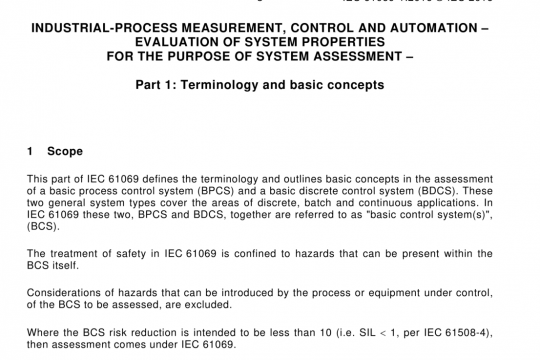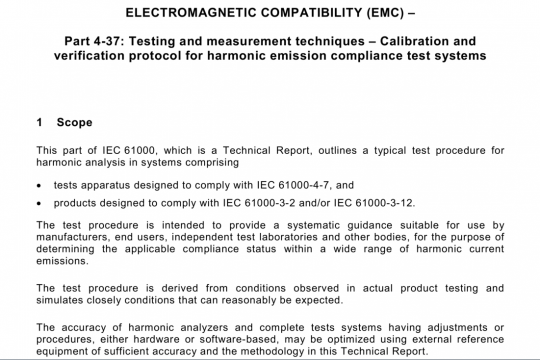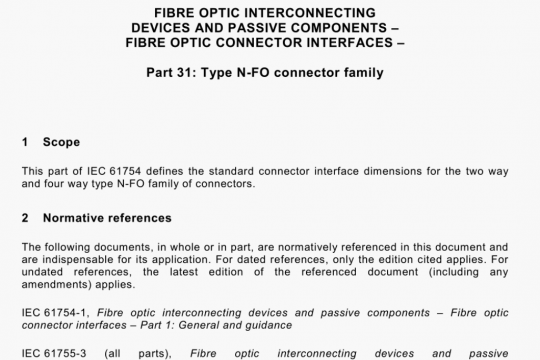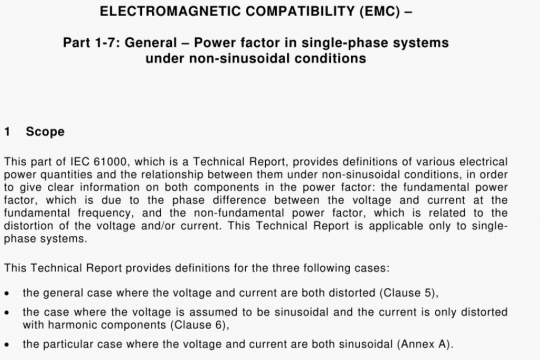IEC 60958-5 pdf free download
IEC 60958-5 pdf free download.Digital audio interface – Part 5: Consumer application enhancement.
4 Interface format
The interface format as defined in IEC 60958-1 and IEC 60958-3 shall be used unless otherwise
specified in this document.
5 Operation modes
5.1 General
IEC 60958-1 specifies single- and two-channel operation modes. This document introduces several new operation modes based on the same interface format of IEC 60958-1 without the pre-emphasis function defined in IEC 60958-3. Channel status information identifies these modes in operation. This document shares the information with IEC 60958-1 and IEC 60958-3 and specifies new usages.
5.2 Multichannel linear PCM operation mode
In multichannel linear PCM operation mode, the samples taken from multichannel linear PCM are transmitted by time multiplexing in consecutive sub-frames.
A multichannel group is composed of several multichannel by consecutive frames. The number of multichannels included in the group is identified by the multichannel count of channel status bits 44 to 47. The group starts with preamble “B” and repeats itself with no break in the block and without un-grouped frames. The group is divided into one or two multichannel subgroups by the multichannel configuration of channel status bits 49 to 60 and the multichannel map of channel status bits 64 to 165. The subgroup is composed of some specific multichannels by consecutive sub-frames. Each multichannel within the multichannel subgroup B is re-numbered according to the multichannel number of channel status bits 64 to 165. Each channel carries consecutive audio sample words.
An example is shown in Figure 1 and Table 1. The multichannel group is composed of eight multichannels. This number of eight is identified by the multichannel count value of “1110”. The multichannel subgroup A is composed of three multichannels identified by the multichannel configuration value of “100001010000”, which includes FrontLeft channel, FrontRight channel and FrontCenter channel given in ITU-R BS.2094-1. The multichannel subgroup B is composed of the 77th multichannel (channel label ID name of HFL) and 78th multichannel (channel label ID name of HFR) by setting the channel status bit 77 to “1” and the channel status bit 78 to “1”. Channels of multichannel order 6, 7 and 8 are not used in this example.
Time slots 4 to 19 carry on-bit audio samples composed of 16 bits of the consecutive one-bit audio stream. Significant bit (MSB) is carried by time slot 19.
Time slots 20 to 17 are not used; they are filled with zeros or a few fixed patterns and ignored.
The frame format as defined in multichannel linear PCM operation mode is used for multichannel one-bit audio operation mode.
The sampling frequency of each one-bit audio channel is identical and identified by the original sampling frequency of the channel status bits 36 to 39, which is 16 multiples of that of the multichannel linear PCM. The sampling frequency of channel status bits 24 to 27, 30 and 31 identifies the IEC 60958 frame rate in operation. IEC 60958-3 defines the original sampling frequency where one-bit audio multiples 16 and sampling frequency as the IEC 60958 frame rate.
5.4 High-precision multi-bit linear audio operation mode
In the high-precision multi-bit linear audio operation mode, the samples taken from the multichannel high-precision multi-bit linear audio are transmitted by time multiplexing in consecutive sub-frames dividing of word. The sub-frame format of 32/64-bit mode is shown in Figure 3. The frame formats are shown in Figure 4 and Figure 5.IEC 60958-5 pdf download.




